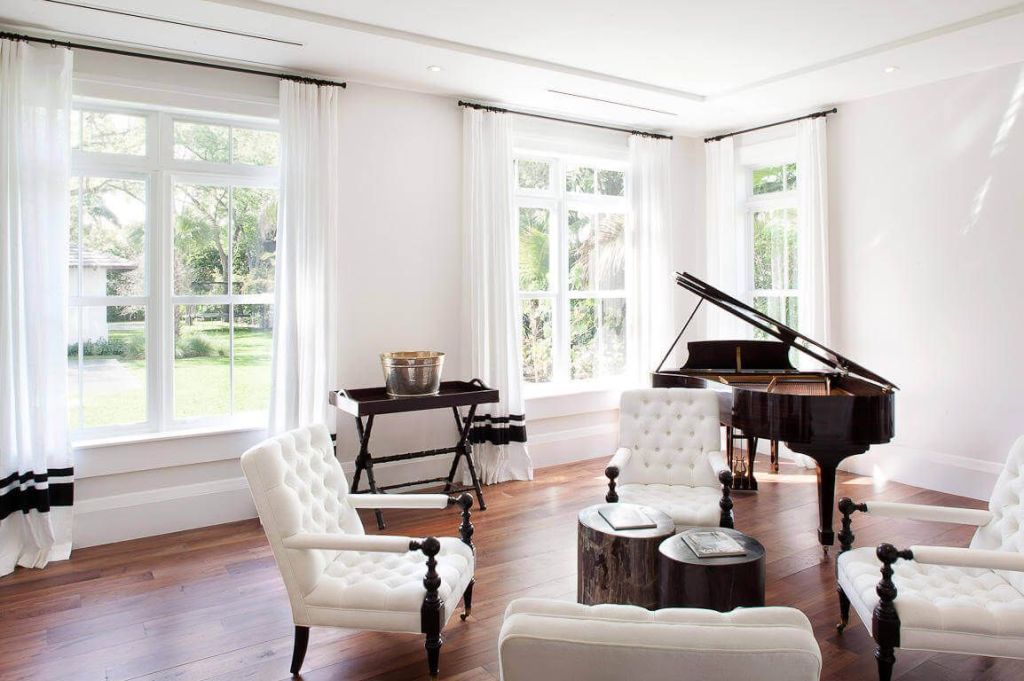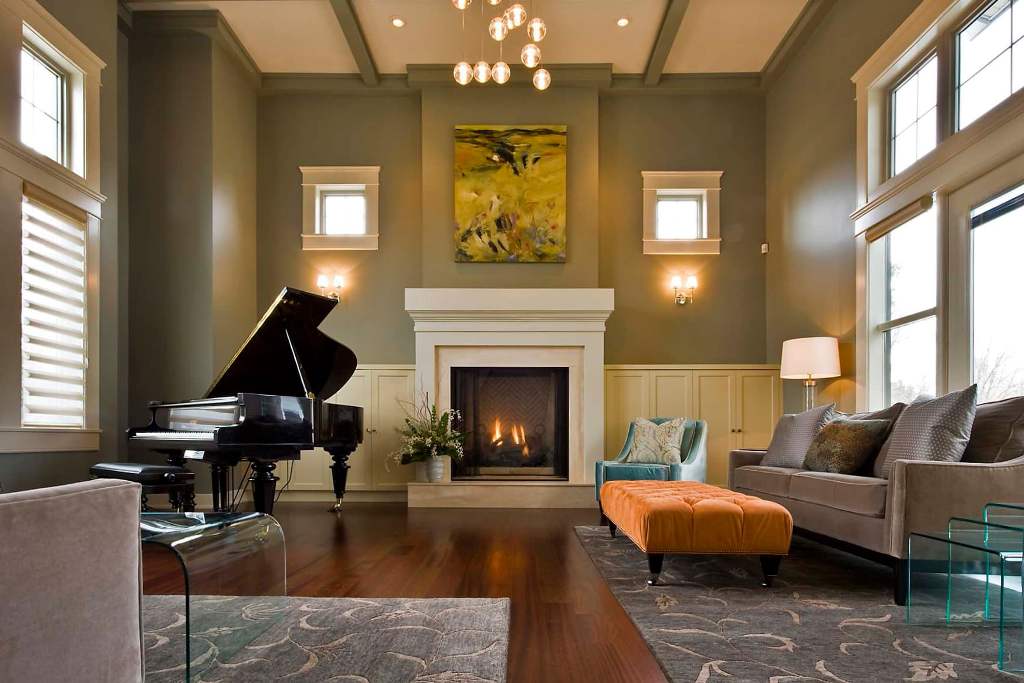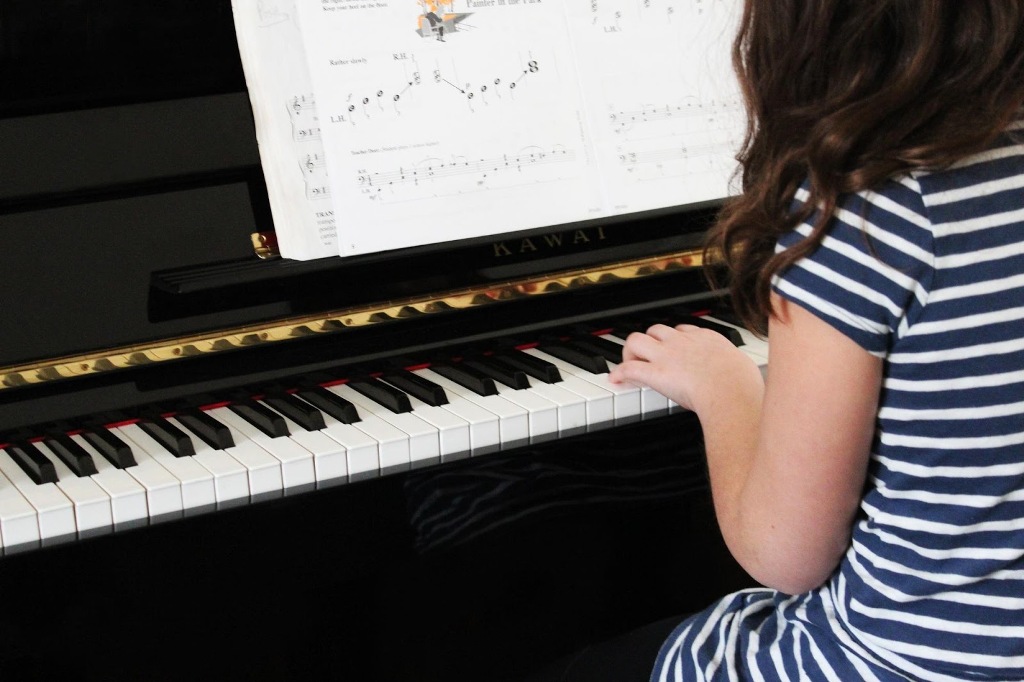Pianos are beautiful instruments capable of inspiring musicality in even the most novice of musicians. That said, they’re big, bulky, and fragile as well. As such, when moving one into your home, it could be difficult to get its placement right.
Are you moving a piano in the house? Not exactly sure of where you should put it? This article has all the information you need.
How to Get a Piano in the House
Before you can position your piano in your house, you have to find a way to get it into your house in the first place. Considering how big, bulky, and heavy pianos are, this can be a trying task.
The easiest choice is to hire a piano mover. Professional piano movers have all of the tools and resources needed to facilitate a move and will carry out the process in a safe and efficient manner.

If you’re going to try it yourself, you’re going to need some tools. First off, you’ll need a van or a trailer in which to carry the piano. To get it out of the trailer, you’ll need a van ramp.
You will use the van ramp to transfer to the piano to a dolly. Once the piano is on the dolly, it should be strapped up securely. Then, it can be slowly wheeled to the front door of your house.
If you’re trying to get the piano up a flight of stairs, you’ll need to remove it from the dolly and place it atop pieces of cardboard. These pieces of cardboard will allow you to slide the piano up one step at a time without damaging the outside of the piano.
Note, to do this, you’ll need several people to help. The lightest of pianos weigh around 800 pounds, a weight that would be a struggle for even the strongest of human beings. At a minimum, you should have 4 grown adults ready to help you.
Can’t find enough volunteer helpers? If not, you’ll have to utilize the services of the professionals. Learn more about professional piano movers at the C & F Movers home page.
Tips for Positioning Your Piano
When positioning a piano in your house, there are quite a few rules you must follow. These rules include the following.

Keep It Away From Sunlight
The look of light cascading over a piano might be an inviting one. However, it’s not a functionally-sound one.
The sun has a number of negative effects on pianos. Not only does it cause their color to fade, but it also causes their soundboards and glue joints to dry out. In other words, sunlight causes pianos to deteriorate before their time.
Now, this isn’t to say that your piano can never be in sunlight. It’s not a vampire. However, you want to position it so that it’s sun exposure is kept to under an hour every day.
Keep It Away From Windows
If you’re keeping your piano away from sunlight, you’re likely also keeping it away from windows. This is a good thing.
Note, however, that when it comes to windows, it’s not just sunlight that you have to look out for. Heat, cold, and moisture tend to make their way through windows as well. And as you might expect, these entities can have quite an effect on a piano, causing it to shrink, dry out, and go out of tune in a rapid manner.
So, while you might be thinking that drapes or blinds would solve the problem, you should know that they won’t. Yes, they will eliminate sunlight. However, they will still allow your piano to be subjected to heat, cold, and moisture.
Keep It Away From Vents
As we’ve made abundantly clear, pianos are vulnerable to heat and cold. As such, they should be kept at a safe distance from vents as well.
Most importantly, you need to make sure that your piano isn’t placed directly over or under a vent. If possible, you should also ensure that there is at least 3 feet of clearance between your piano and the closest vent.
The further you can keep your piano from vents, the better off it will be. Regularly subjecting your piano to working vents will cause it to dry out, shrink, and expand, thus limiting its lifespan.
Align It With an Interior Wall
Now that you know where not to position your piano, we’re going to tell you where it should be positioned. Regardless of whether it’s an upright piano or a grand piano, its longest straight side should be aligned with an interior wall. An interior wall is any wall that isn’t shared with the exterior of the house (for instance, the wall that separates the living room and a bedroom).
So, if you’re using an upright piano, you will be facing toward the wall while playing. If you’re using a grand piano, on the other hand, your left shoulder will be facing the wall while playing.
This positioning is important because it optimizes the sound that the piano delivers. The notes produced by the piano will bounce off of the wall, allowing for a big and full quality.
Note, in order to get the best sound from a grand piano, you must ensure that its bass keys are closer to the wall than its treble keys. If the treble keys are closer to the wall, the sound produced will be muddled and messy.
Looking for More Decor Tips?
Positioning a piano in the house is not rocket science. As long as you follow the tips above, you should find the perfect positioning.
Looking for more decor tips? You can find them right here on our website. Take a look at our other articles now!






